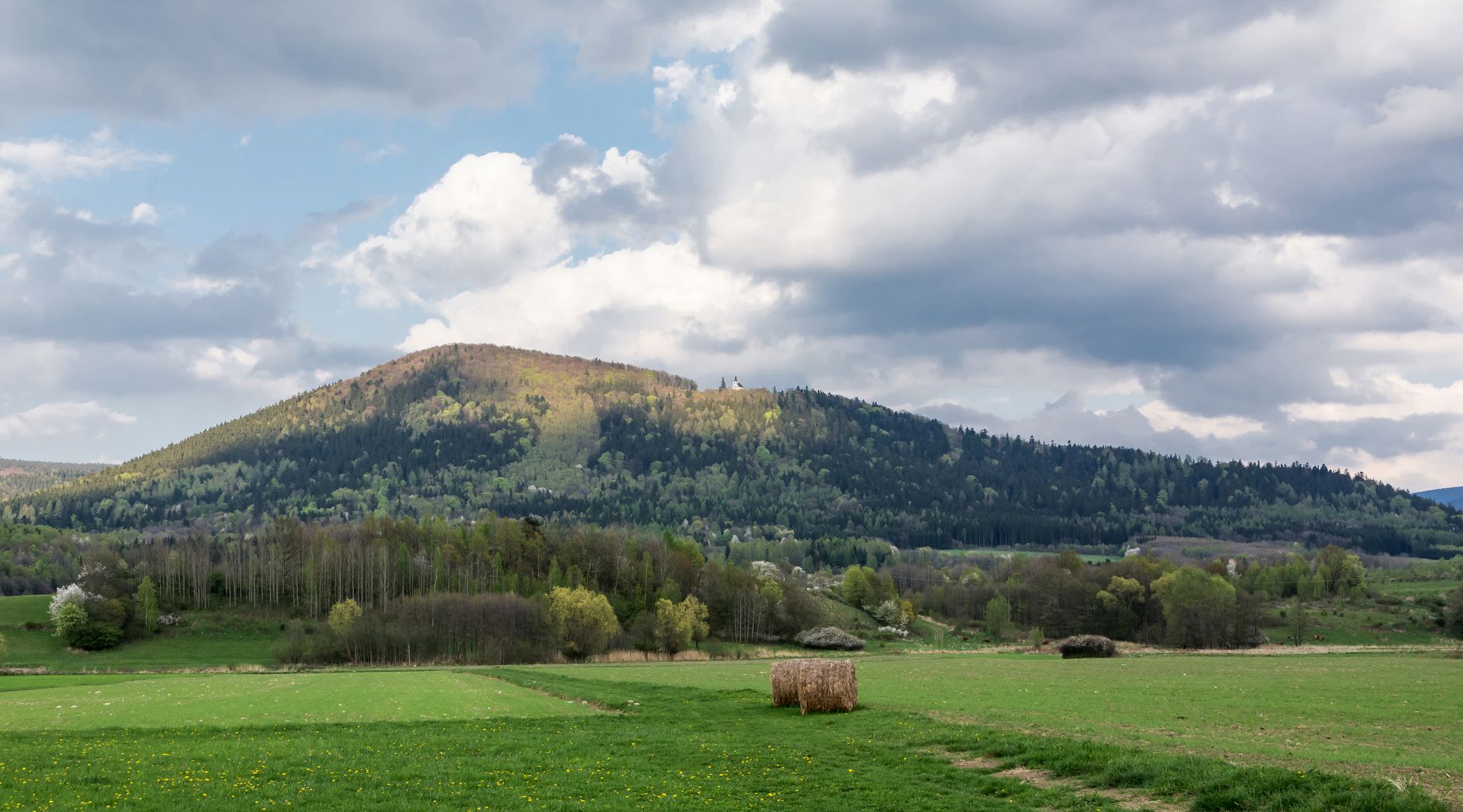Snow Massif
6.02

Overview
The Śnieżnik Massif, the highest mountain range in the Polish part of the Eastern Sudetes, is a place of extraordinary natural richness, with a diversity of plants and animals. The layered vegetation includes agricultural land, spruce forests, and mountain meadows, where rare and protected species grow, such as the glowing moss – Schistostega pennata. The animal world abounds in valuable species, including black grouse, capercaillie, chamois, as well as rare amphibians and reptiles. The massif is located on the Polish-Czech border, and its history dates back to the 19th century, when chamois introduced from the Czech Republic began to inhabit the region. In addition to its natural values, the Śnieżnik Massif is characterized by rich terrain, with numerous ridges and valleys. Geologically, it is mainly composed of gneisses and schists, and within its area is the Bear Cave – the largest cave in the Sudetes. Tourism in the region is developing thanks to the creation of cross-country skiing trails and tourist infrastructure in the surrounding villages. To protect the unique natural resources, the Śnieżnik Landscape Park and several nature reserves were established in 1981. Hydrologically, the massif is drained by several rivers, including the Nysa Kłodzka and the Morava, and its karst areas are the site of interesting geomorphological phenomena. The Śnieżnik Massif is not only a place for nature lovers but also a space with cultural and historical significance, as well as unique tourist attractions that draw visitors with their diversity.
Location
Country
2025 Wizytor | All Rights Reserved